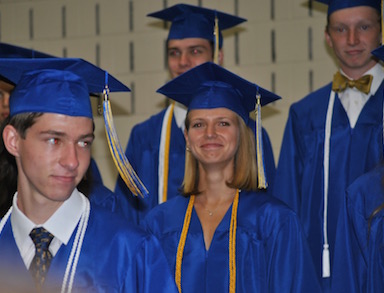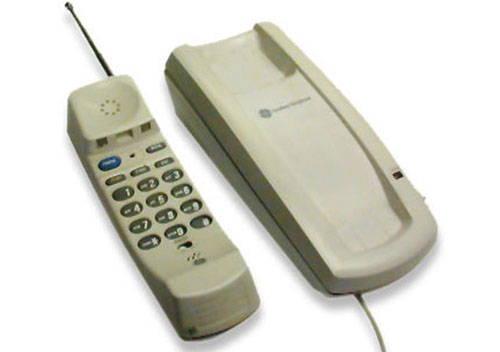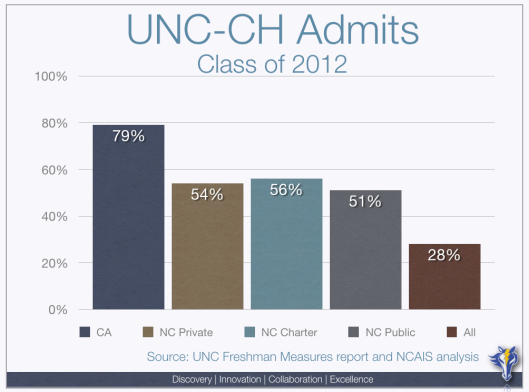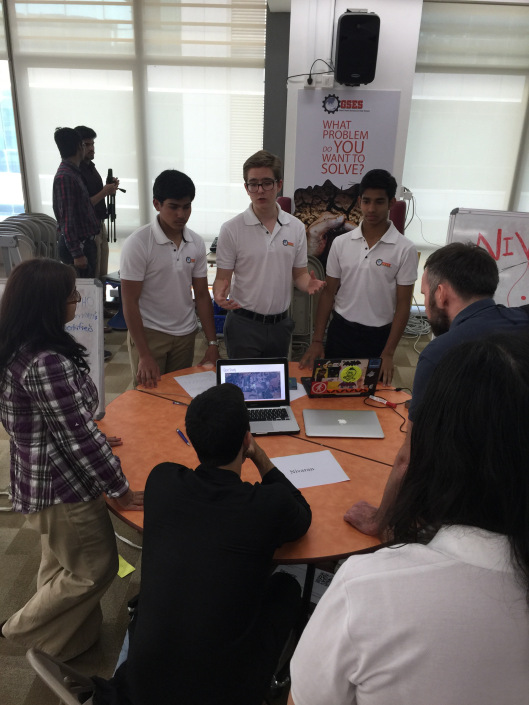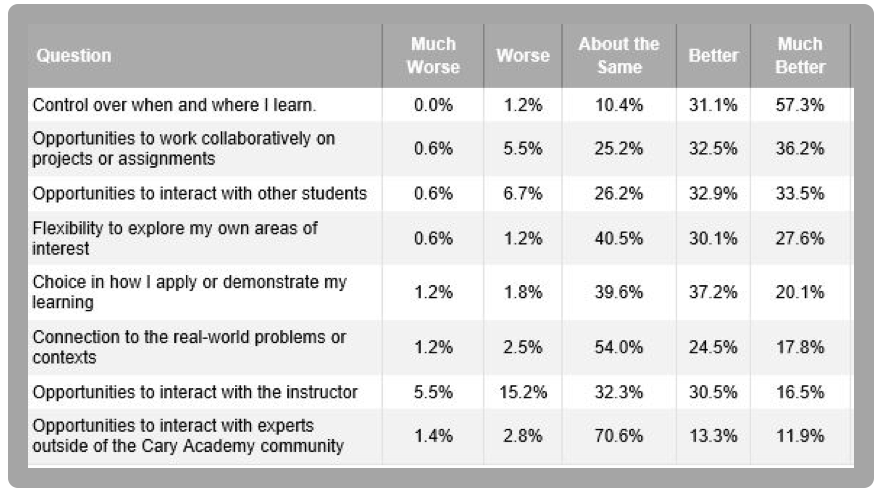Here is a copy of my speech to the Upper School during the convocation at the start of our 20th Anniversary Year.
____________________
As I did a little primary source research preparing to celebrate our 20th anniversary this year, I came across several television news reports from 1996 and 1997 that announced the formation of Cary Academy as a “School of the Future.”
Of course, this school of the future would have The Internet, which was so young that both “The” and “Internet” were still being capitalized. Only one percent of humanity was on the World Wide Web, which is what they called it back then — when the world felt much wider. Cary Academy teachers would learn the coding to create their own web pages that students could access on computers in every classroom that were “networked” to each other and our very own servers with miles of wires spread throughout the campus. CA would be too cool for just The Inter-net; it would have its own Intra-net. The A was for amazing.
Speaking of A, at our founding, the Amazon was still most famously a river. The online store sold only books. It wasn’t supposed to be named Amazon, but when the original name “Cadabra” was misheard as cadaver, founder Jeff Bezos changed it to Amazon, in part because web listings in Yahoo were being done alphabetically.
We didn’t get to start at the beginning of the alphabet and became Cary Academy, which is never shorted to just Cary. Hipsters sometimes call us The Academy though.
The big news during those founding days was that CA would give email accounts to faculty and students to create a wondrous communications nirvana. And in those heady early days, students actually read those emails.
Cary Academy had the great fortune to have both visionary and generous founders. The school opened with nearly all of the buildings that you see right now, red brick emerging from the red clay. From the very beginning, our campus facilities have set a tone that this place is serious about learning. We would bring the best of traditional, liberal arts education into the 21st century. Teachers would have the freedom to use new tools and new methods to inspire and empower students, giving you the skills you need to thrive in college and beyond. The school was forward facing from those very first days.
Of course, when a campus like Cary Academy emerges so quickly and so beautifully, it can run the risk of not feeling real — like Epcot Center. You can walk onto campus and feel that you have walked into some magical place that is not of this world. A fake school.
If those first students felt that way, they quickly learned another lesson. Our buildings and our technology might set a tone, but it cannot build a culture. Those early classes had to collaborate with each other and their teachers to establish traditions, activities, and expectations. That first year, they established 14 clubs. The second year, they established an honor code. Those early students were fundamental in turning Cary Academy from a set of school buildings into a powerful community. They were given an opportunity to be a part of something special, and they took advantage.
Last year, we surveyed our alumni to ask them about their experiences at CA. Here is a representative sample of comments:
The seven years at Cary Academy really defined my personality and who I am today. The biggest impact was being in a community of other students who were the right combination of intellectually curious, ambitious, and passionate. Many of these people are still close friends.
Cary Academy provided me the environment and the academic rigor that shaped me into the person I am today. My experiences at Cary Academy were more influential in my development than any other period of my life. In short, Cary Academy taught me what it takes to be successful in life.
Cary Academy was a school that challenged me to be a better student, community member, and person.
I credit CA with my professional accomplishments, as it set the foundation for what I would later achieve in life.
I would not be where I am today (master’s degree and a great paying job, with knowledge and emotional intelligence) without having a foundation in Cary Academy.
It is an amazing community of people.
For these graduates, Cary Academy was as real as it gets.
But think about that last quote for a second: “an amazing community of people.” I suspect that those students are all graduated. It could be that a good deal of their teachers are gone as well. The funny thing about school is that the community changes every year, and it is up to each of us, each year, to create community, to reinforce culture. If we don’t do it, who will? If all those amazing people have gone, I suppose we can settle for … adequate.
“Cary Academy: An adequate community of people.”
But, if you are engaged, open-minded, curious … this school can change your life. You have to want it. You have to work for it. You have to own it.
Exciting changes are happening all around you, and you have opportunities to do things that past students never could have imagined. We continue to reimagine the CA experience for a new future, and you have the chance this year, right now, to contribute to the community and culture that embraces these exciting opportunities. That is as real as it gets.
So let’s get back to it: Are we adequate or amazing?
That’ what I thought.
The A in CA has always stood for Amazing.
_______________
Postscript: Please enjoy the short video we put together to commemorate our 20th Anniversary.
